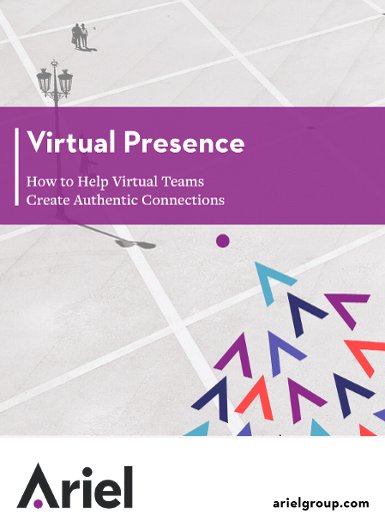How to Communicate Data Effectively in Presentations

Contrary to the cliché, numbers do not speak for themselves.
Have you ever attended a true data wonk’s presentation? Was it memorable? Did you walk out with a key message in your ears?
That’s what we thought.
Even if you’re not a data wonk, communicating your data effectively is essential to any presentation’s success. If ever there were a need for reader-centered business writing, this is it! Here’s a way to avoid having your presentation land on the audience like a stone.
Think like your audience
You’re intimately familiar with the data. Perhaps you’ve known it since it was collected. You recognize its little features, its interesting idiosyncrasies. Your audience has none of those advantages. To them, your data are just a pile of numbers.
To get through to your audience, you need to think like them. Here are some tips:
Start with your key message about what you have learned from the data. Ideally, that message doesn’t contain data. It sounds more like “We need to refocus our marketing efforts on the four products that are the financial backbone of our company. Let me show you why.” This gives your audience a context for your data communication. They can see whether they agree with you as you proceed.
Tell the story of how you came to your key message. If you’re building a slide deck, give every slide a message rather than a title. If your slide titles tell your audience the story of how you reached your conclusion (your key message), they’re much more likely to be able to follow your logic and come out agreeing with you.
Incorporate the data as evidence to support your key message. The data are not the story. The story is the story. Treat the data as evidence to support your messages.
Eliminate data that don’t illuminate your key message. Here’s where falling in love with your data is so dangerous. Even if you unearthed a truly remarkable fact as you mined the data, don’t put it in this presentation if it isn’t related to your point. It will only distract your audience from the key message you want them to focus on.
Repeat your key message at the end of your presentation or document. Give your audience the opportunity to see if they can resonate with it now that they’ve heard the story.
But what about these great numbers?
What are the numbers saying to you? Contrary to the cliché, numbers do not speak for themselves. Every time you present numbers, you need to tell the audience what your interpretation of them is. If you use an Excel spreadsheet, be aware that you are not communicating anything unless you highlight the key numbers (in color) to tell your audience where you want their eyes to focus, and unless you tell them what you see in the numbers. Finance people often look at numbers and draw conclusions contrary to what other finance people see in them, so how could you expect the rest of us to draw the same conclusion you do?
Put the message you’re conveying about the spreadsheet right on the spreadsheet page. To help your audience understand the story of your data, show trends clearly in charts or graphs, and remember, don’t cloud your key points: use only the numbers/data your audience needs to understand your message.
You have a story to tell us, so tell us the story, supporting it with your data. Help us to see what you see there. Your mission is not to look like the brilliant data wonk. It’s to be clear.
